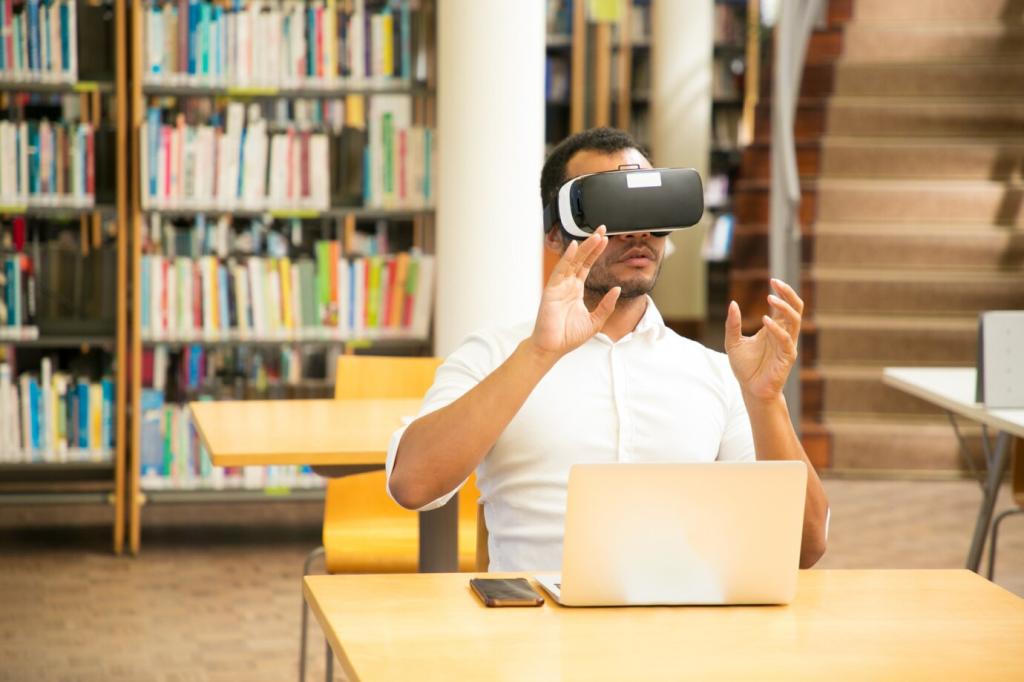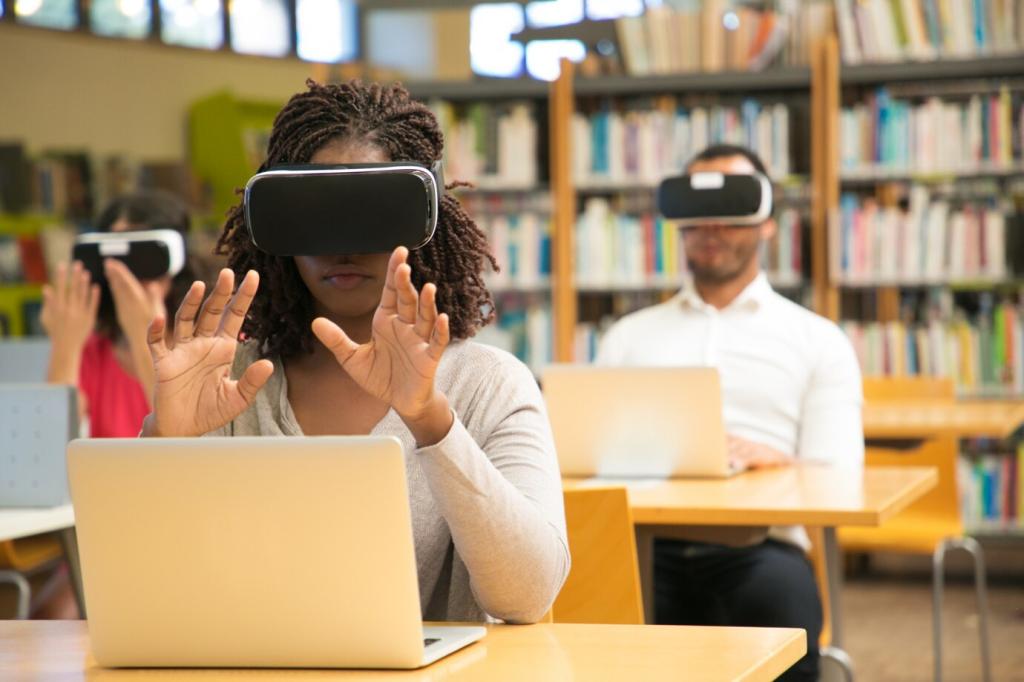This website uses cookies so that we can provide you with the best user experience possible. Cookie information is stored in your browser and performs functions such as recognising you when you return to our website and helping our team to understand which sections of the website you find most interesting and useful.
Innovative VR Applications in Classroom Learning
Virtual Reality (VR) is transforming education by bringing immersive and interactive experiences directly into the classroom. By leveraging VR technology, teachers can transport students to different times, places, and even abstract concepts, making learning more engaging and impactful than ever before. Innovative VR applications open new pathways for teaching and understanding, helping students connect with content in memorable ways. As VR becomes increasingly accessible, it is redefining how education is delivered, breaking traditional boundaries to enhance collaboration, understanding, and retention. This page explores how VR is reshaping classroom learning across core academic areas, experiential learning, global awareness, and inclusive education practices.




Facilitating Experiential and Collaborative Learning
Broadening Global Awareness and Cultural Understanding


